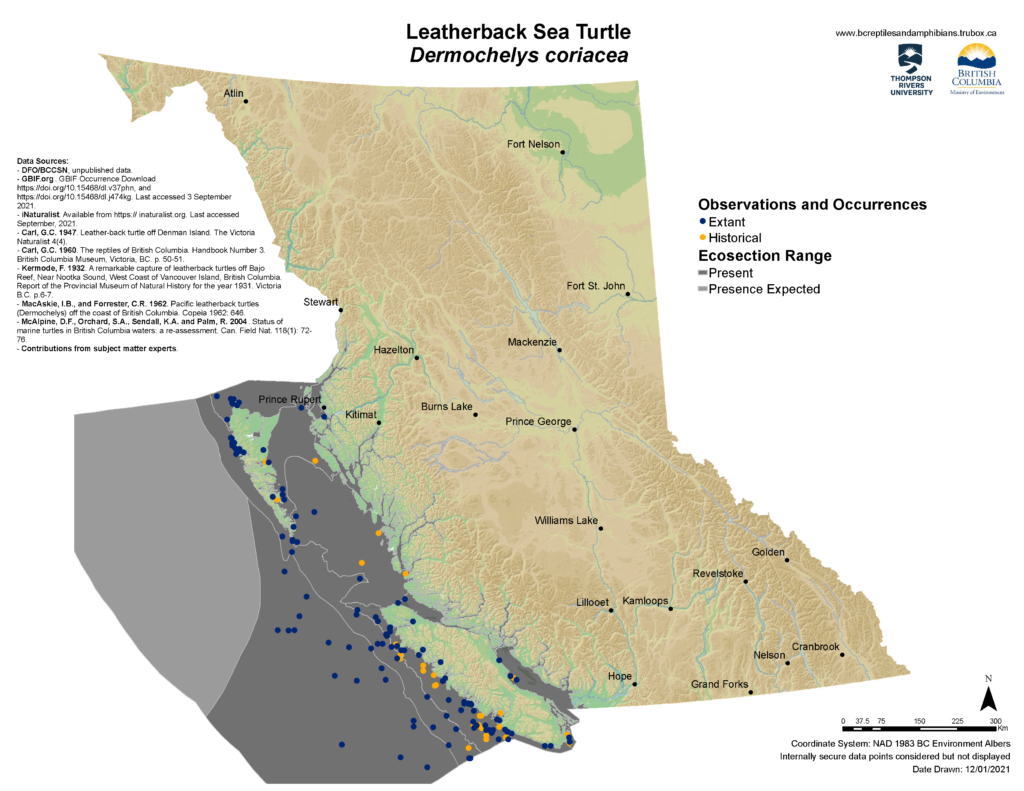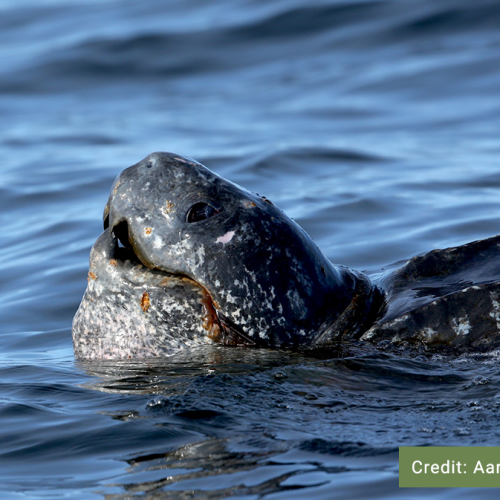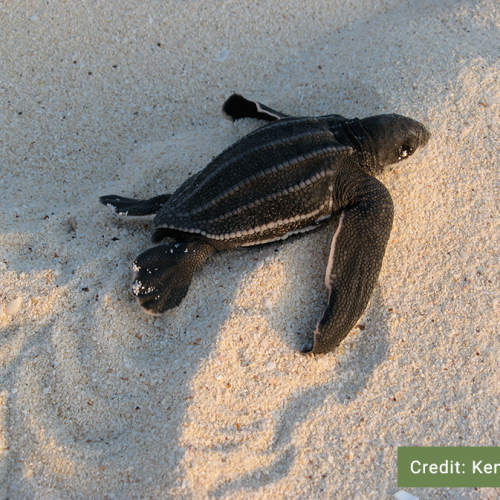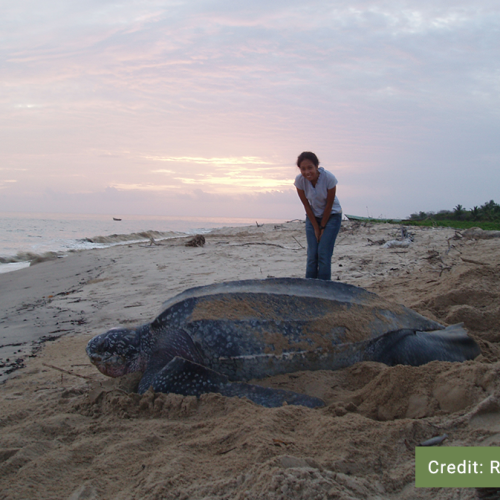Credit: Claudia Lombard
Pacific Leatherback Sea Turtle
Dermochelys coriacea schlegeli
Description
The Pacific Leatherback Sea Turtle, henceforth called the Leatherback Sea Turtle, is the largest turtle species in the world, reaching a maximum length of over 2 m and weight of over 700 kg. The body is dark gray to bluish-black with white or light blue blotching and spots, and adults have a pink spot on the head. The limbs are modified into large clawless flippers, with the front flippers being particularly large at nearly half the length of the carapaceDefinition:The hard upper shell of a turtle, crustacean, or arachnid.. The Leatherback Sea Turtle gets its name from its shell that is devoid of scales but is instead covered with leathery skin and has seven longitudinal ridges. The plastonDefinition:The nearly flat part of the shell structure on the underside of a turtle or other animal. is light coloured, often pinkish-white, and have 5 longitudinal ridges.
Listen to the Indigenous words for “turtle” here!
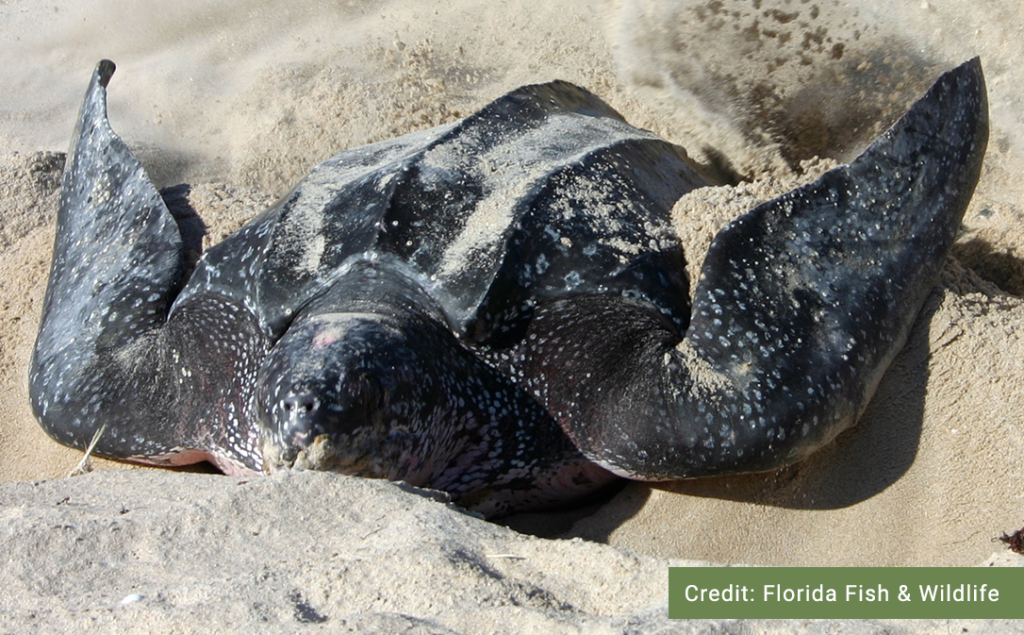
Similar Species
In British Columbia, the Pacific Leatherback may be superficially confused with either the Green Sea Turtle, Olive Ridley Sea Turtle, or the Loggerhead Sea Turtle. However, Leatherbacks are substantially larger than either of these species and no other sea turtles have a leathery shell with longitudinal ridges.
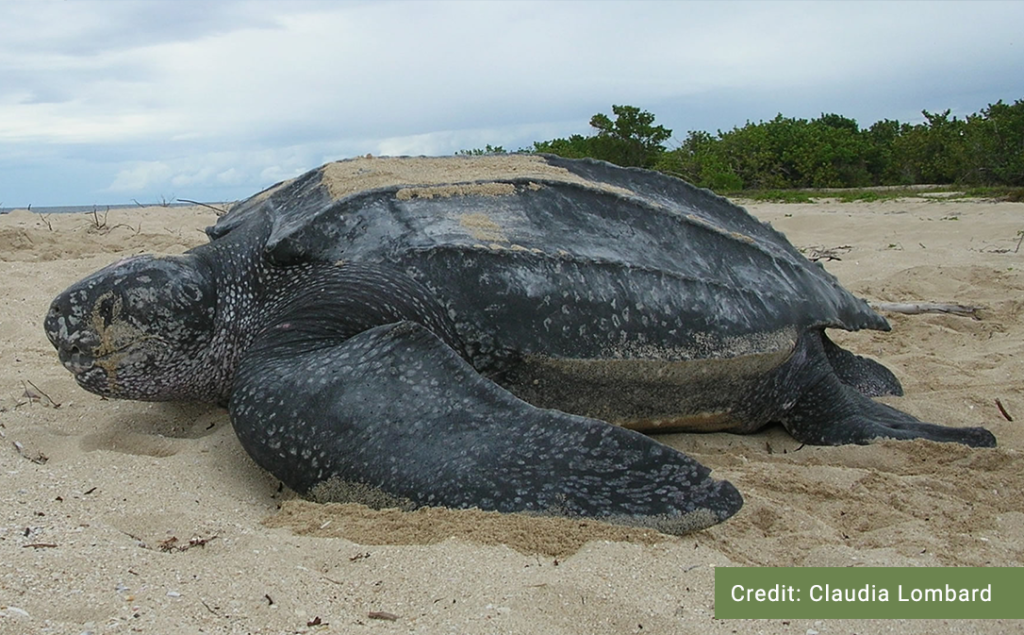
Pacific Leatherback Sea Turtle

Olive Ridley Sea Turtle
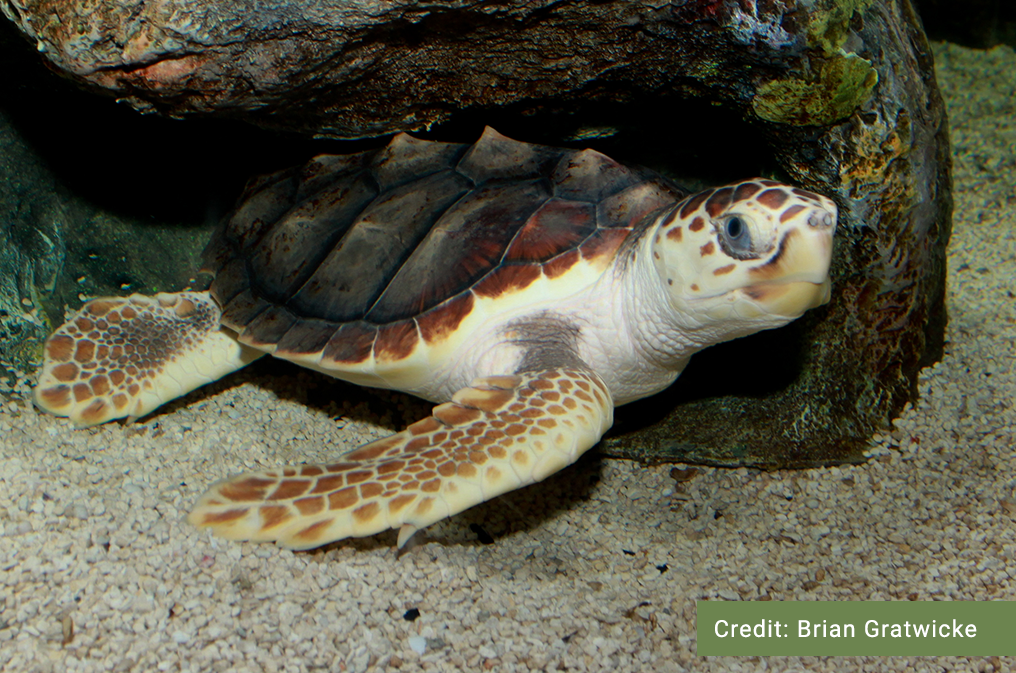
Loggerhead Sea Turtle
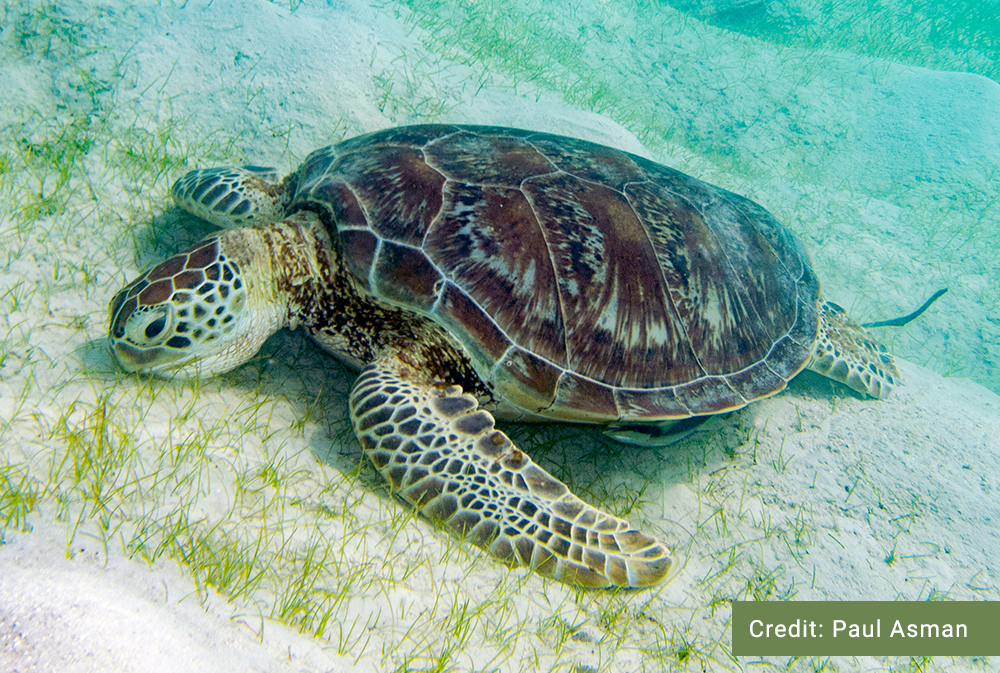
Green Sea Turtle
Distribution
Leatherback Turtles are at risk of global extinction, thus, information on distribution and population sizes is very important. If you see a Sea Turtle report your sightings!
British Columbia Cetacean and Sea Turtle Sightings Network (BCCSN)
1-866-I SAW ONE (1-866-472-9663)
Habitat
Reproduction
Diet
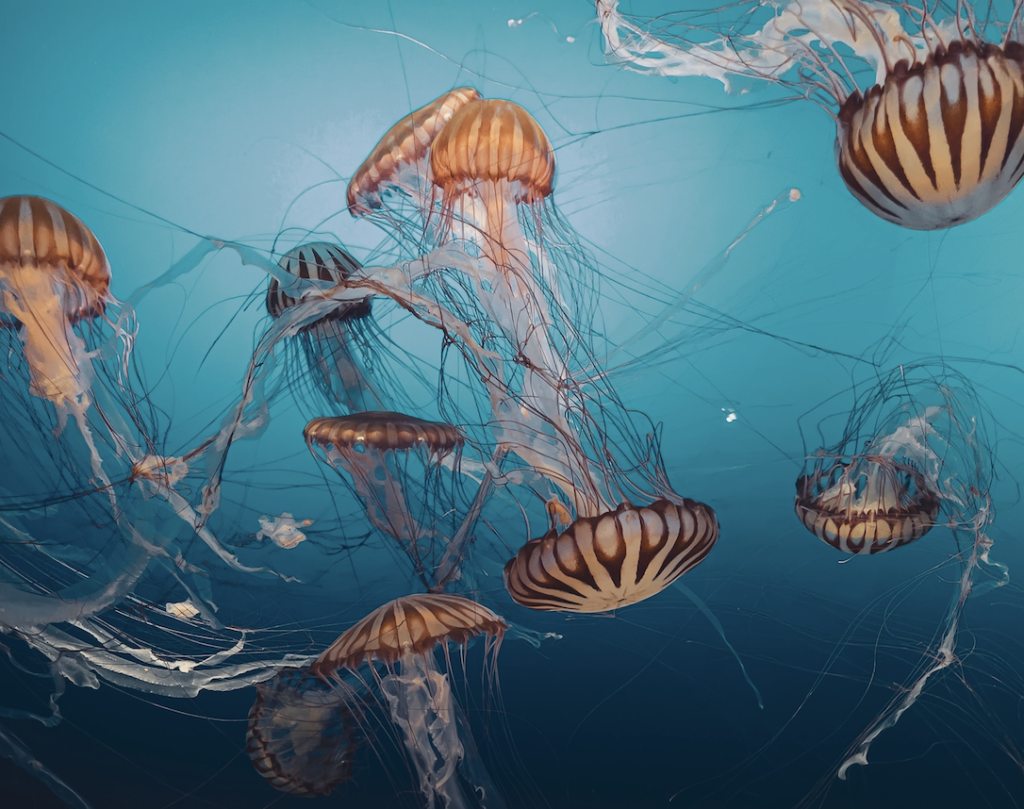
Conservation Status
Global: G2 (2014)
COSEWIC: E
SARA:1-E (2017)
Provincial: S1N (2018)
BC List: Red
Learn more about conservation status rankings here
Threats
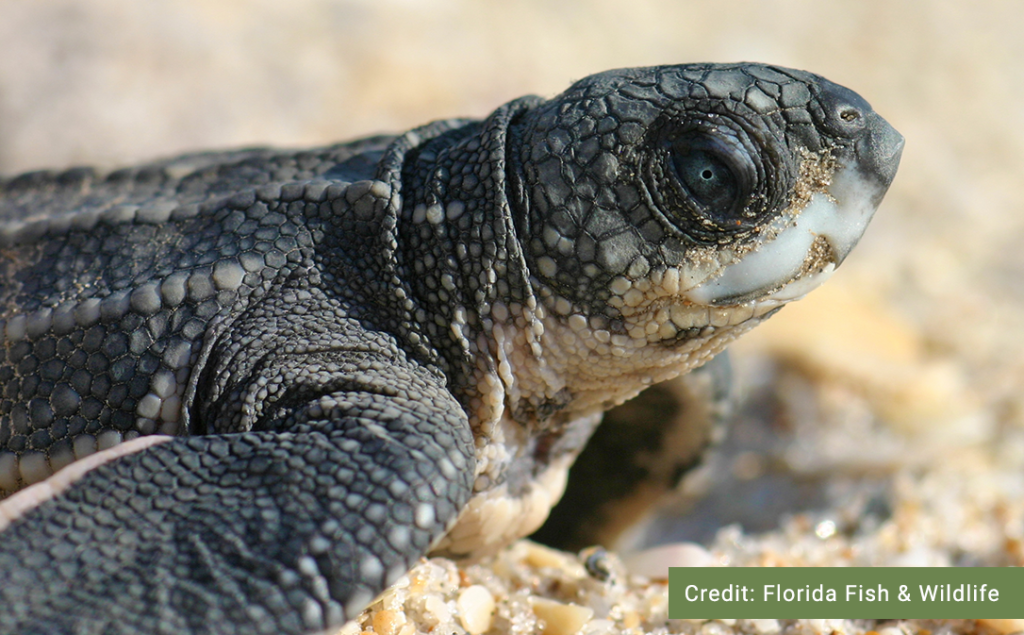
Did You Know?
Fact #1
Fact #2
Fact #3
Species Account Author: Marcus Atkins
B.C. Conservation Data Centre. 2005. Species Summary: Dermochelys coriacea. B.C. Minist. of Environment. Available:https://a100.gov.bc.ca/pub/eswp/ (accessed Jun 23, 2021).
B.C. Conservation Data Centre. 2018. Conservation Status Report: Dermochelys coriacea. B.C. Minist. of Environment. Available: https://a100.gov.bc.ca/pub/eswp/ (accessed Jun 23, 2021).
B.C. Conservation Data Centre. 2021. BC Species and Ecosystems Explorer. B.C. Minist. of Environ. Victoria, B.C. Available: https://a100.gov.bc.ca/pub/eswp/ (accessed Jun 23, 2021).
COSEWIC. 2012i. COSEWIC assessment and status report on the Leatherback Sea Turtle Dermochelys coriacea in Canada. Committee on the Status of Endangered Wildlife in Canada. Ottawa. xv + 58 pp.
Department of Fisheries and Oceans. 2015c. Report on the Progress of Recovery Strategy Implementation for Leatherback Sea Turtles (Dermochelys coriacea) in Canadian Pacific Waters for the Period 2007-2012. Species at Risk Act Recovery Strategy Report Series. Fisheries and Oceans Canada, Ottawa. v + 12 pp.
Pacific Leatherback Turtle Recovery Team. 2006. Recovery Strategy for Leatherback Turtles (Dermochelys coriacea) in Pacific Canadian Waters. Species at Risk Act Recovery Strategy Series. Fisheries and Oceans Canada, Vancouver, v + 41 pp.
http://canadianherpetology.ca/species/species_page.html?cname=Leatherback%20Sea%20Turtle
http://linnet.geog.ubc.ca/efauna/Atlas/Atlas.aspx?sciname=Dermochelys%20coriacea&ilifeform=43
https://www.bcreptiles.ca/turtles/pacleatherback.htm

